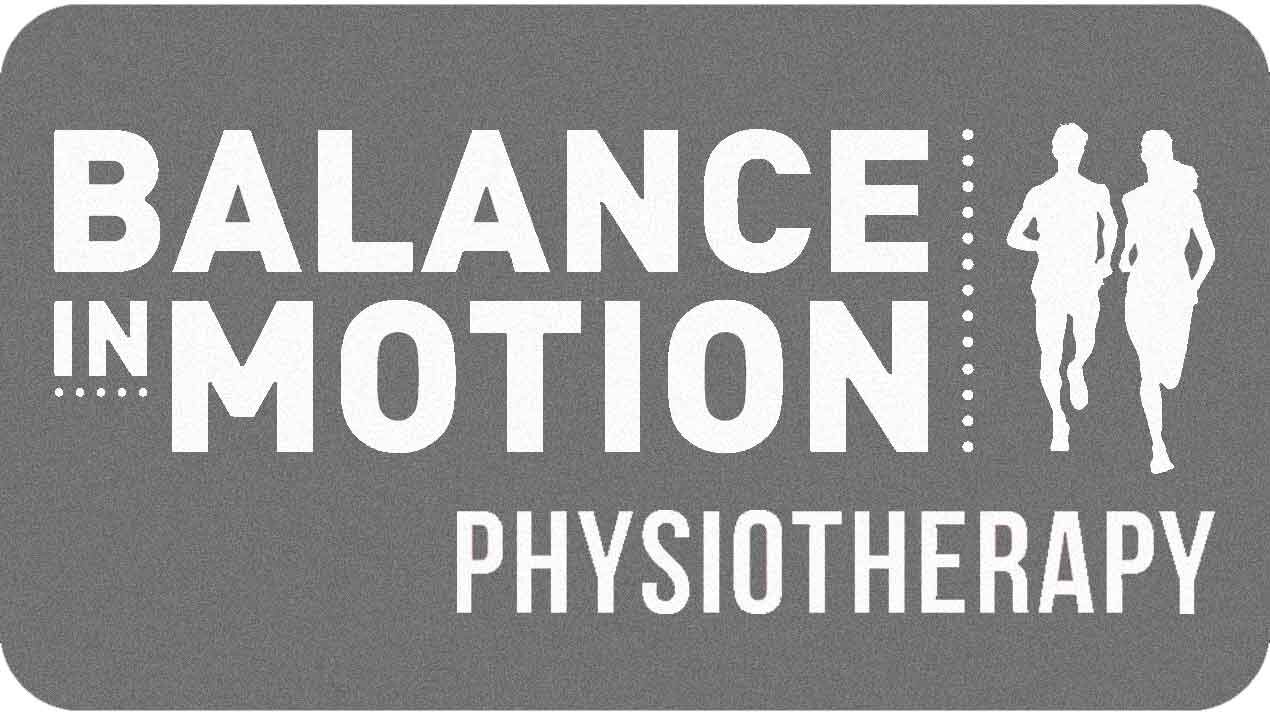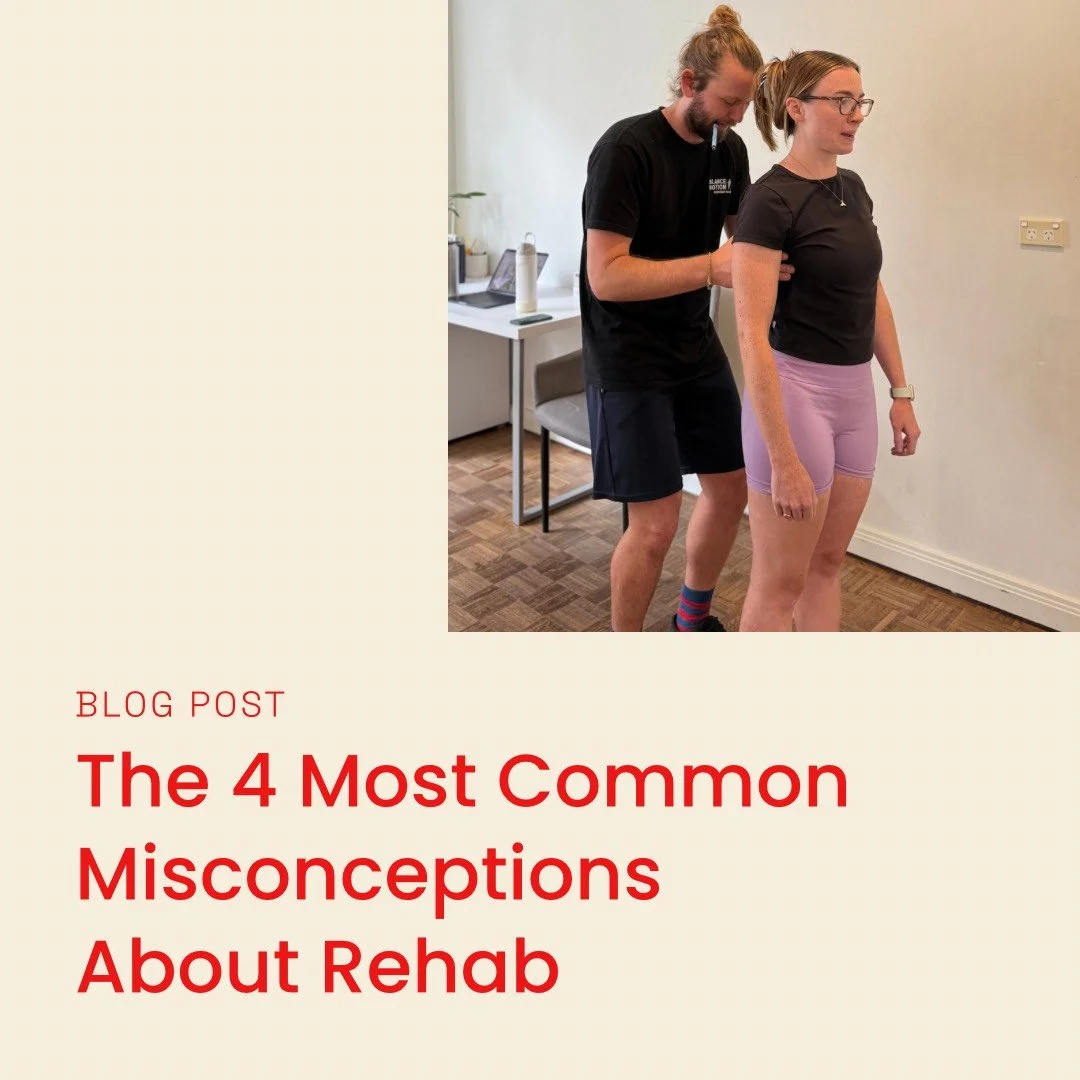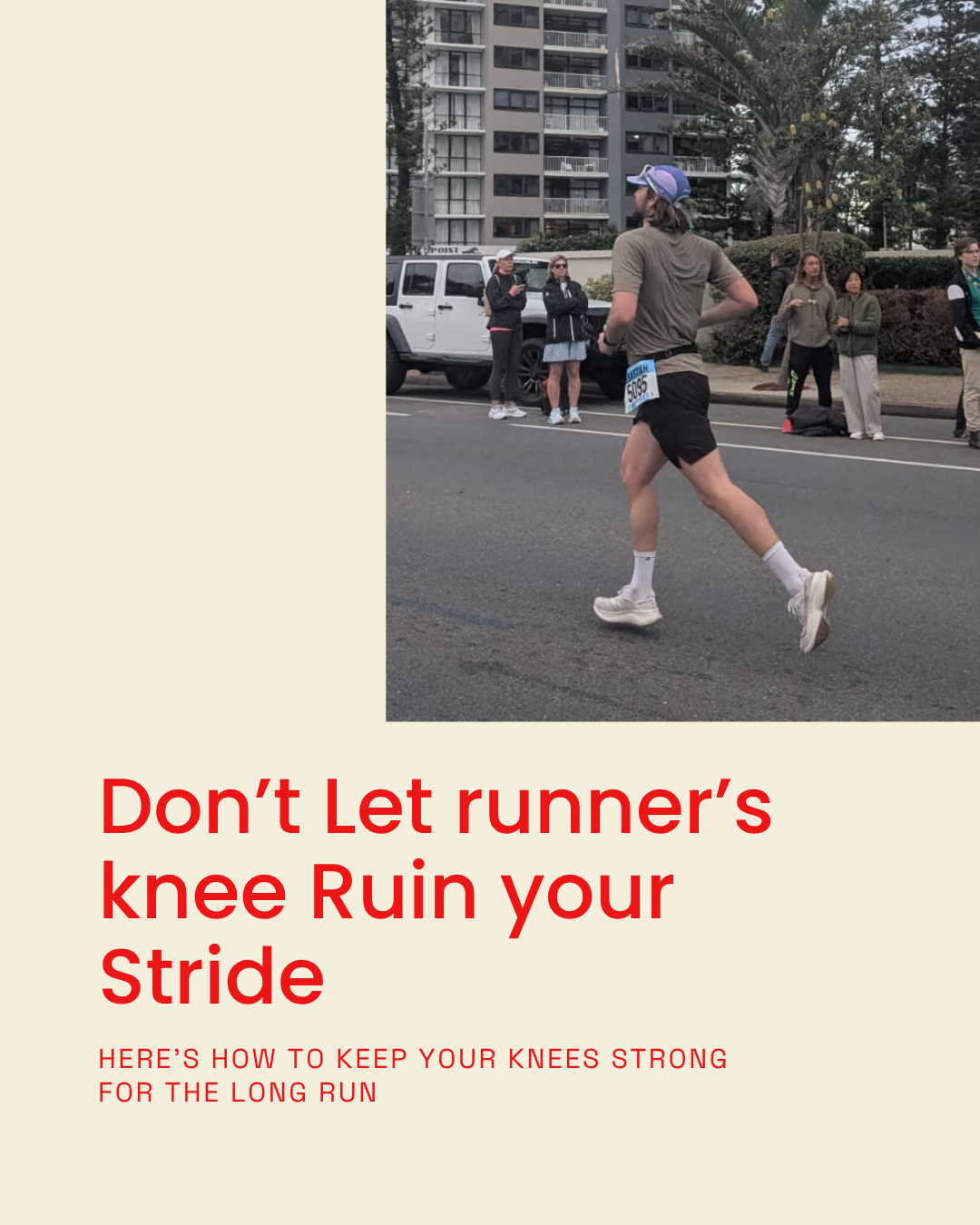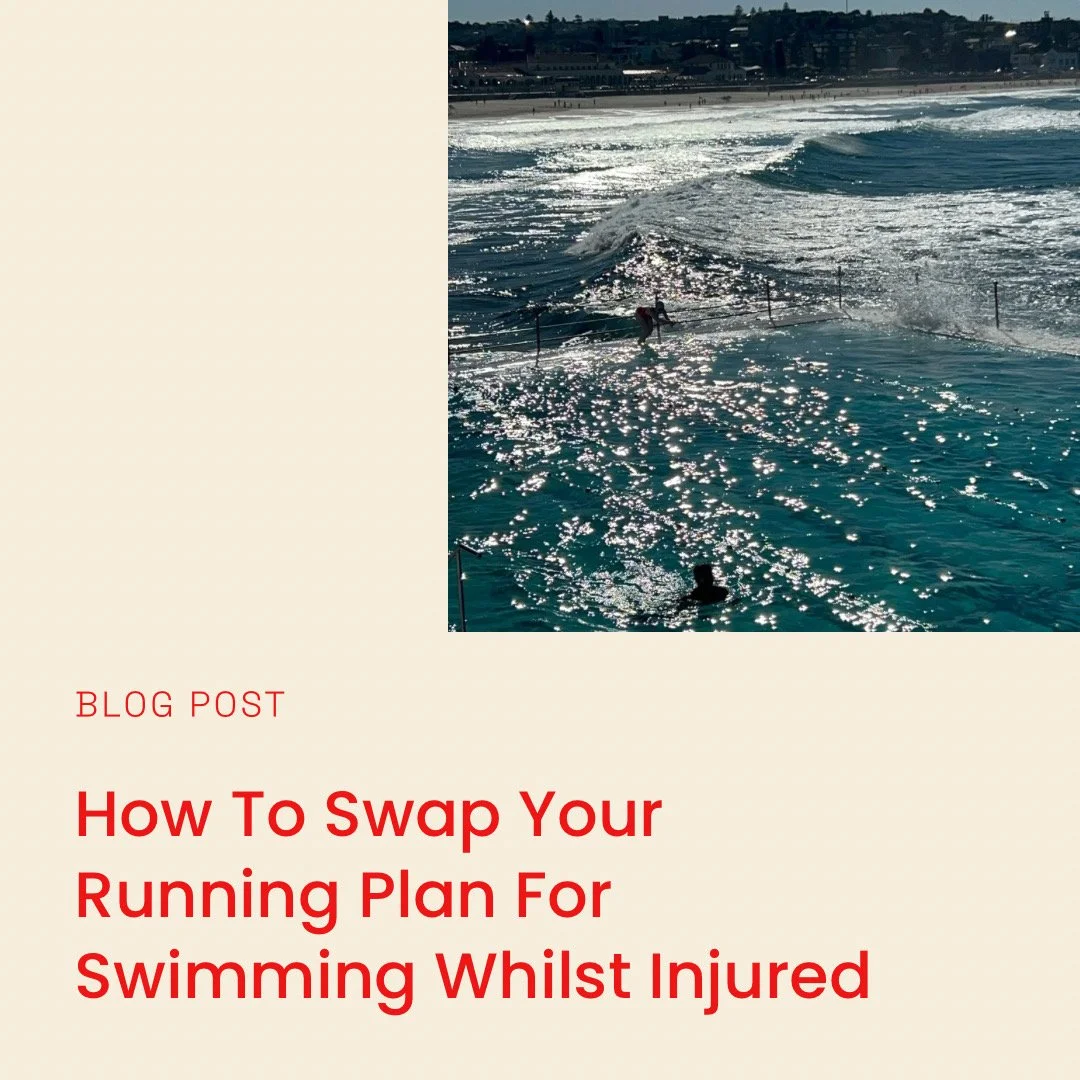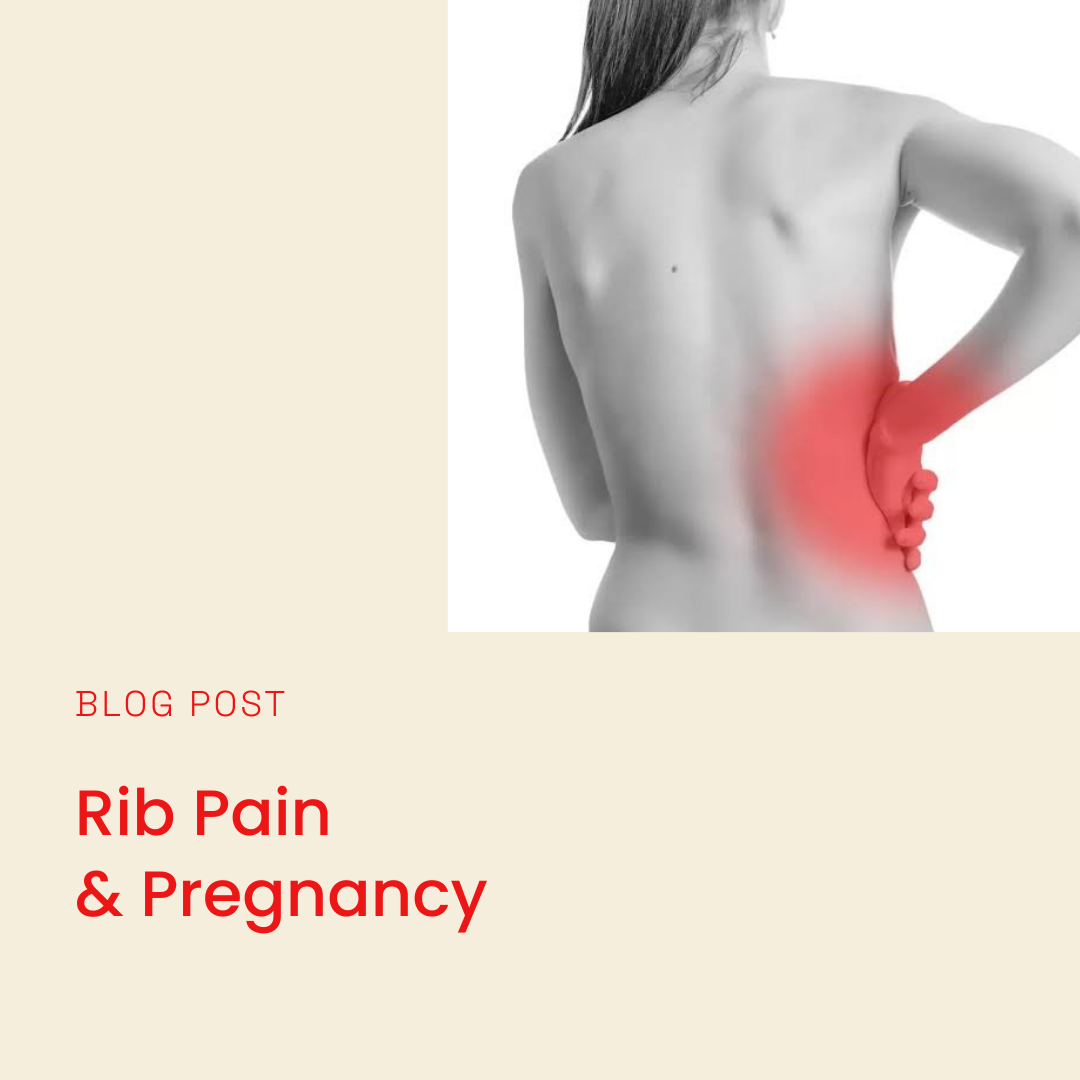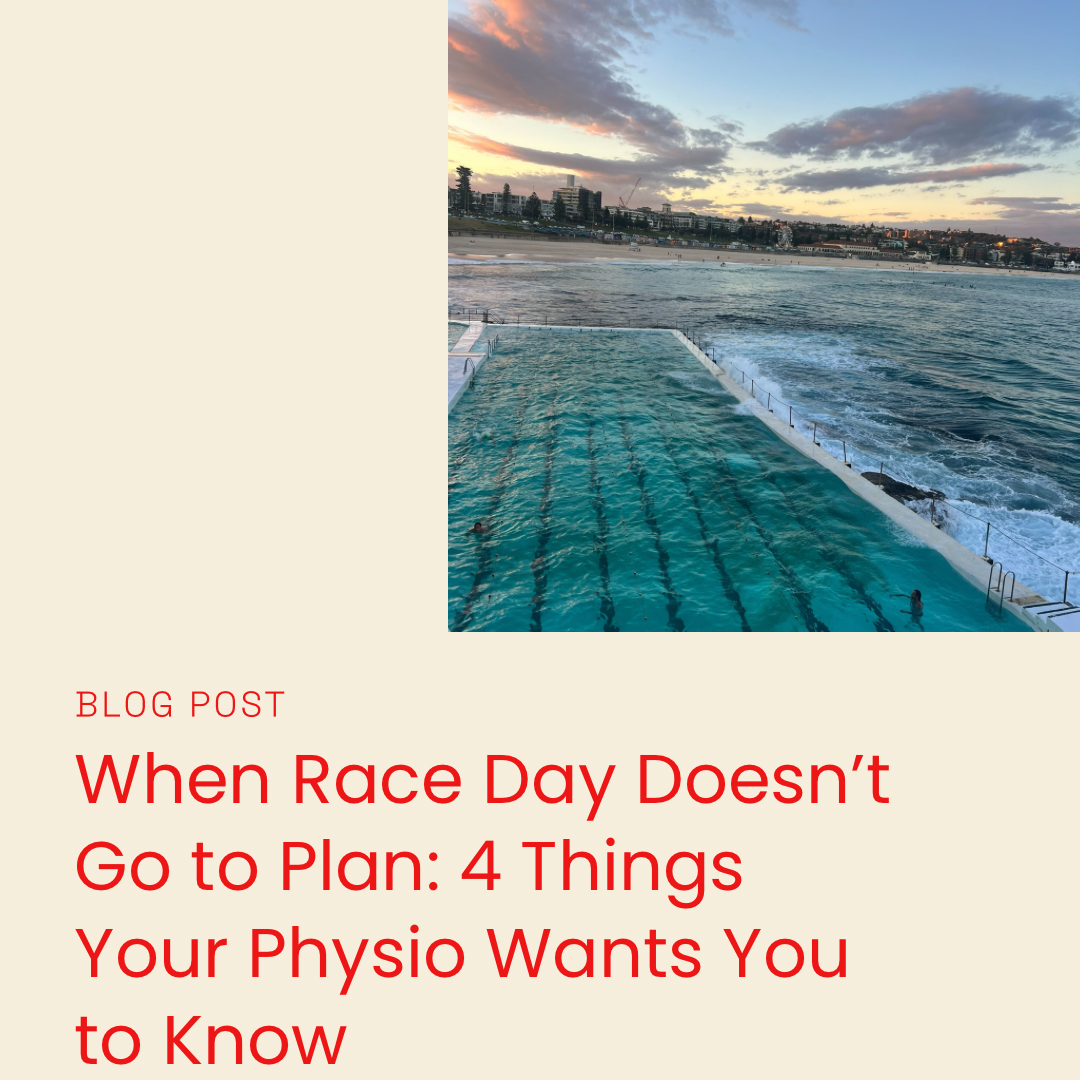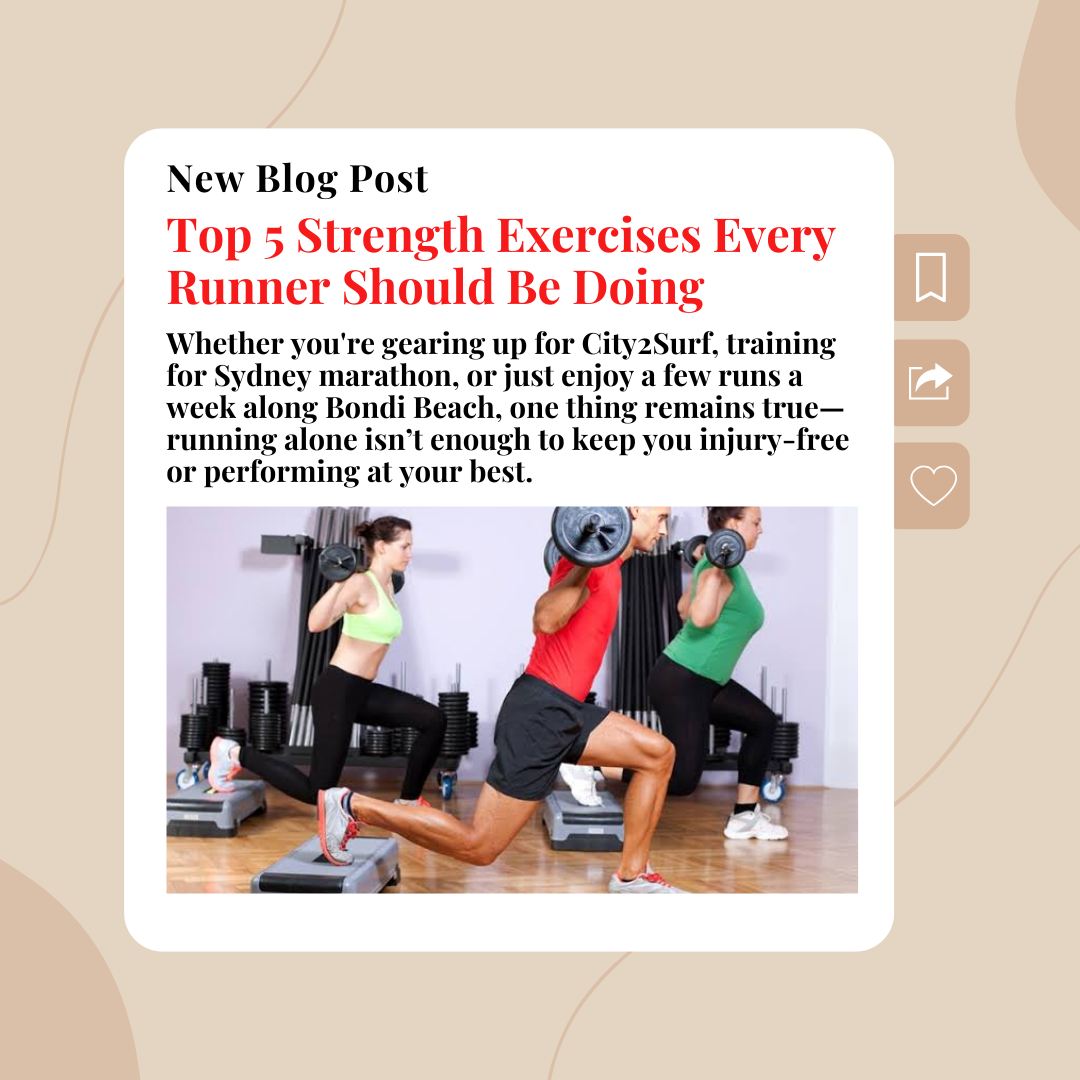How to Enjoy Christmas Without Derailing Your Training
/December is here!! Warmer weather, Christmas catch-ups, extra food, late nights, and a calendar that fills up faster than your inbox. It’s a fun time of year, but it can also be the time when niggles flare up, routines disappear, and good habits slip.
Read More